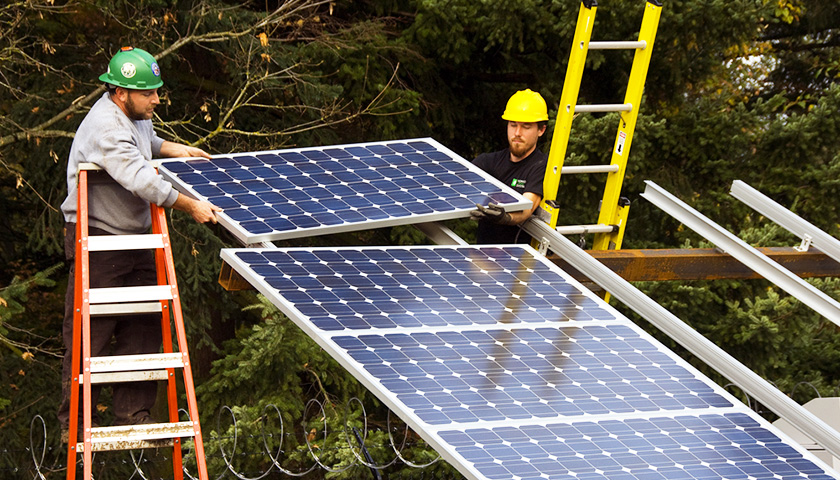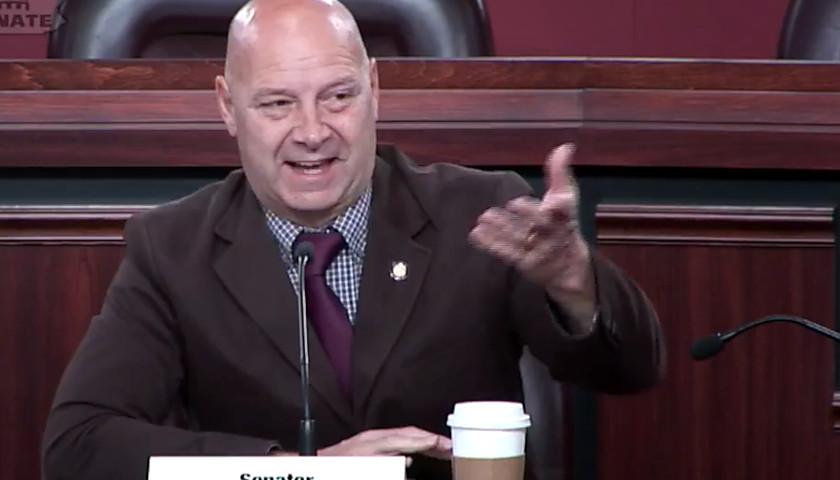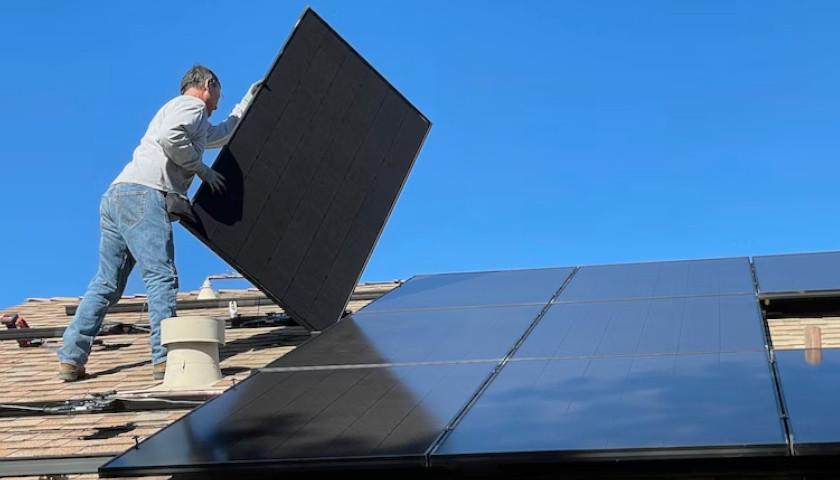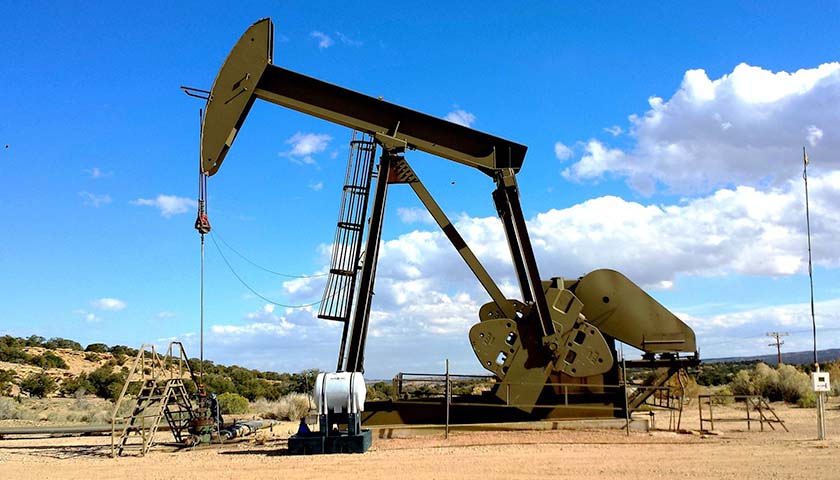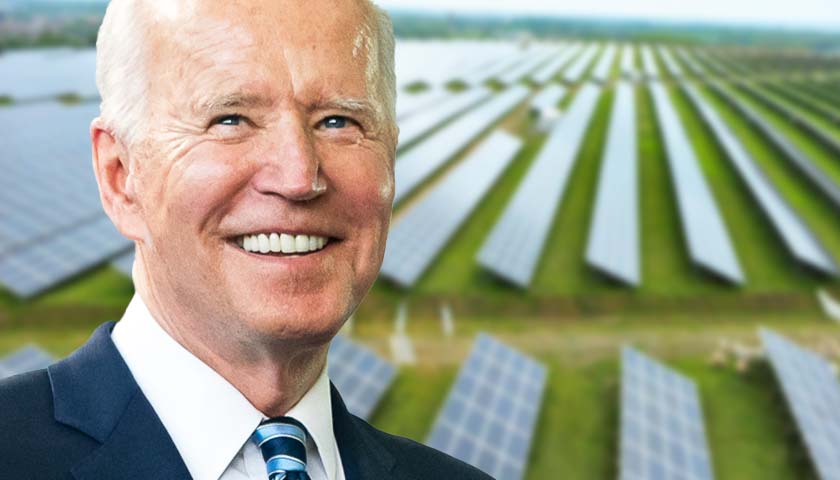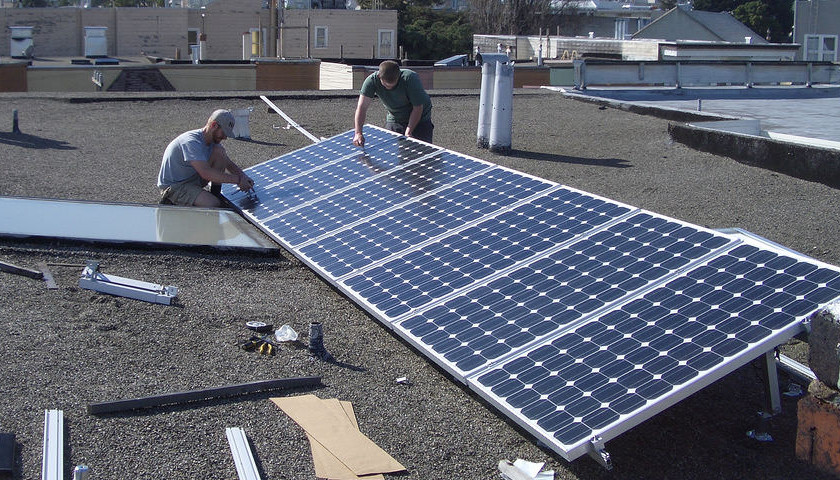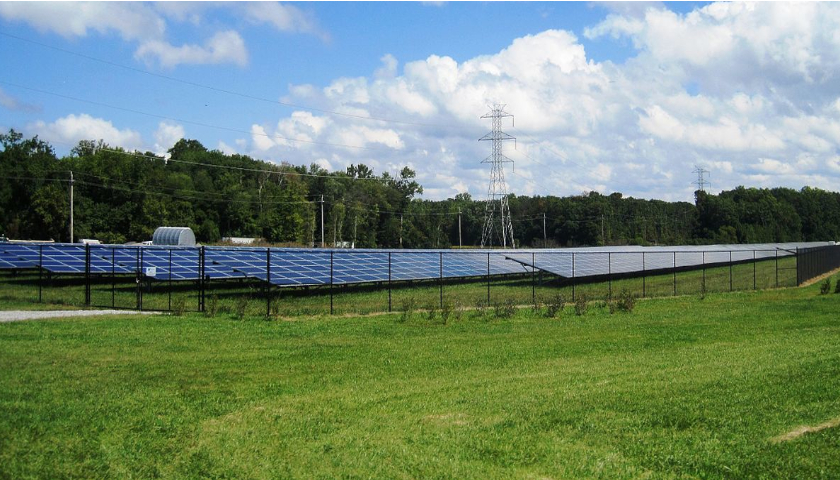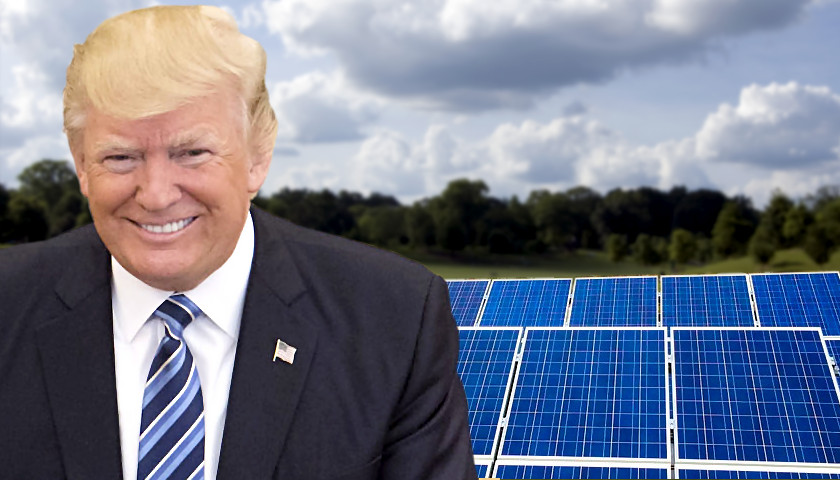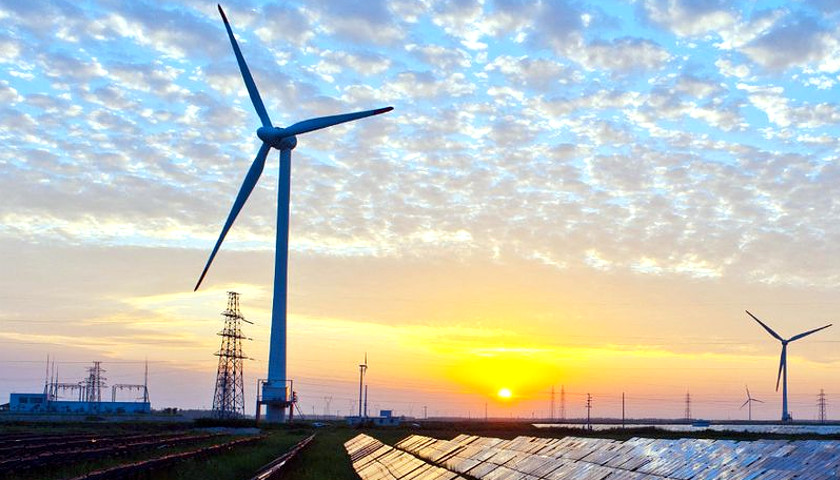U.S.-based solar panel manufacturer First Solar may receive up to $11 billion in subsidies from the government thanks to the Inflation Reduction Act (IRA), according to The Wall Street Journal.
The company expects to receive up to $710 million in subsidies this year alone, which is an amount equivalent to nearly 90% of its predicted operating profit for this year, according to the WSJ. Philip Shen, managing partner at investment bank Roth Capital Partners, estimates that the IRA may end up giving First Solar up to $11 billion in subsidies over the course of the next decade.
Read the full story
